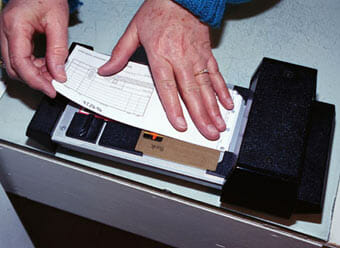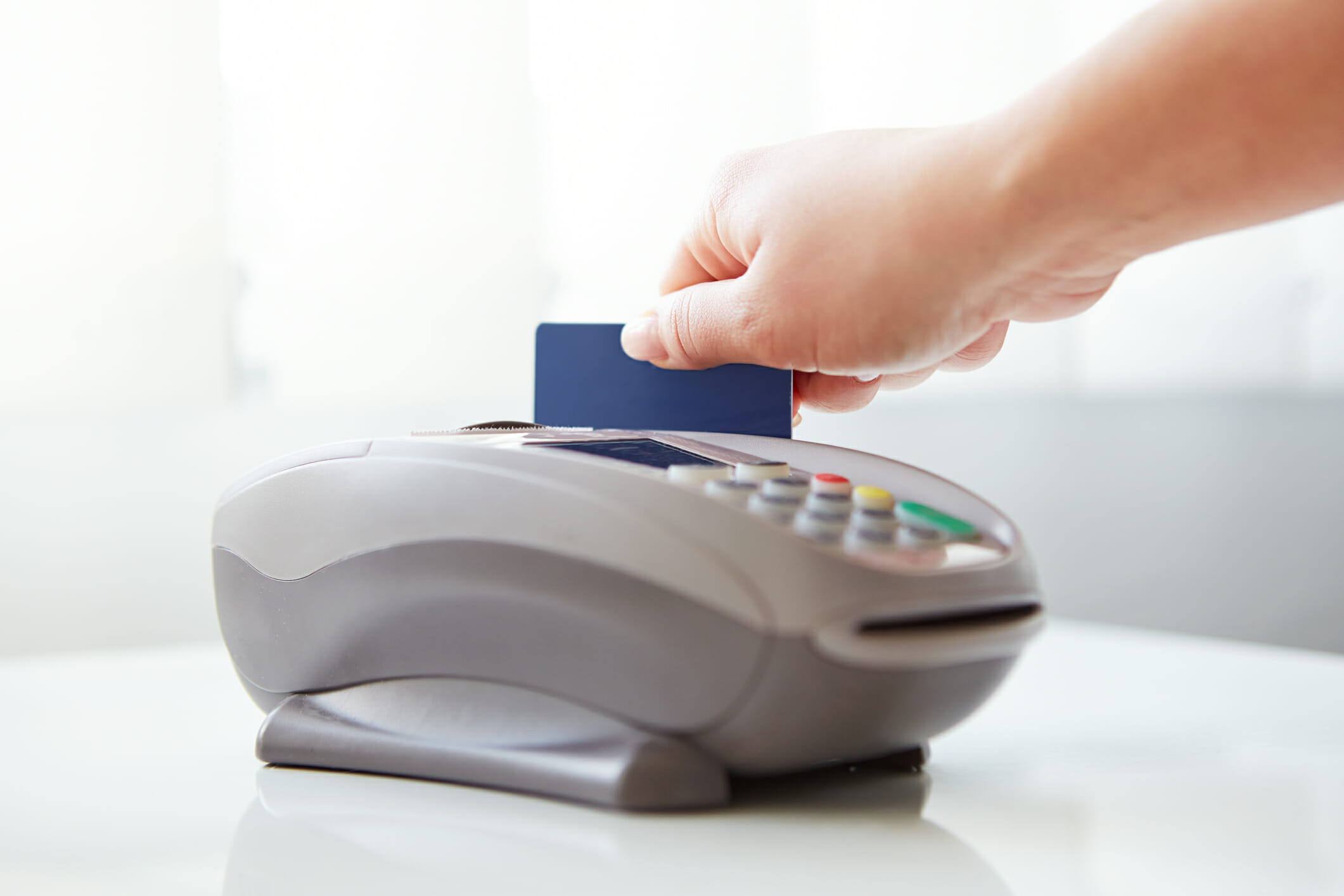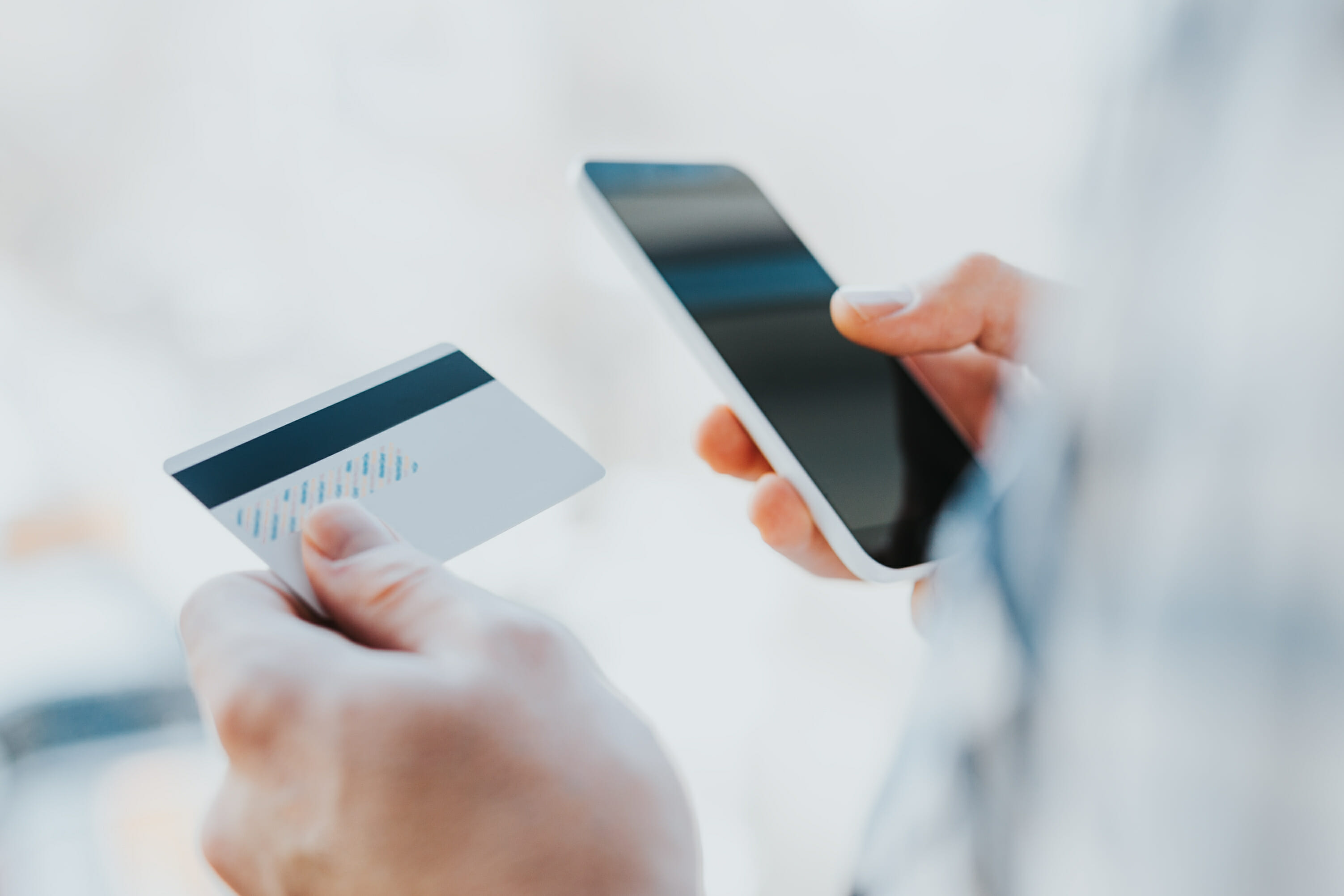Getting paid is probably the best part of your day. But aside from planning how you’ll spend those hard-earned dollars, think about how you actually accept these payments. Is it a smooth process? Is it easy for both you and your customers? How flexible are you with various payment methods? Do you deal in only cash and checks, or are you able to process credit cards?
Now, consider this:
- More than 75% of consumers prefer credit and debit cards as their main method of payment.
- 69% of Millennials will not shop at businesses that only accept cash.
And most startling of all:
- 55% of U.S. small businesses do not accept credit cards.
The Evolution of Payment Processing
Let’s back up.
Imprinting Machines

Credit card processing has been around since the early 1900s in its crudest forms. But it’s been changing, evolving ever since. Raise your hand if you’ve used (or still use) an imprinting machine to collect debit or credit card information from a customer. Tried and true, these machines once provided the simplest, most cost-effective method for local businesses to collect a customer’s payment information for processing later. Imprinting machines manually create carbon copies of consumer debit and credit card faces. (That’s if you’re able to stomach the painful crunching noise they make as you repeatedly scrape the top of cards to ensure the paper picks up the numbers in the carbon copy.) *cringe*
Though inexpensive, effective, and even great for on-the-go use, these machines come with a few noteworthy downsides. Not only do they pose a security risk, forcing business owners and employees to carry around sensitive consumer information, they also risk putting local business owners in a position of accepting debit or credit card info from someone who may not have sufficient funds – something you aren’t likely to find out until it’s too late.
Swipe Terminals

Because of these risks and due to technological advancements, many local business owners have moved past imprinting machines and on to newer methods of payment processing. The next big development was the widespread adoption of credit card terminals, or “swipe terminals.” These machines brought swiping ability to many local businesses, helping them level the playing field with bigger retail giants who employ much more robust point of sale (POS) machines. Swipe terminals are great…when you have a counter to set them up on. But without a dedicated work space and retail store front, they’re not exactly user-friendly for the small business on the move.
Mobile Device Processing Solutions

With that in mind, along came mobile payment processing solutions (not to be confused with mobile pay functionality on the consumer side, via vendors like Apple Pay and Google Wallet).
E-commerce companies like Uber, Amazon, Fandango, and even banks have been using the built in camera on phones for years now to capture deposits and card numbers, without the need for external hardware entirely.
But the first and most popular dedicated mobile payment processing vendors on the scene were:
Those guys are still around by the way. And there are two most common ways their various solutions work: 1) You can manually enter credit card information into an app on your device, or 2) You can attach an external piece of card-swiping (and now even chip-reading) hardware to your phone via some port, typically a headphone jack.
No matter how you accept mobile payments, most of today’s solutions are imperfect. Many are unreliable, slow and even clunky. Other more reliable solutions cost an arm and a leg to get started and continue chipping away at your profits with every swipe and hidden fees along the way.
Nevertheless, you need to get paid. So you’ve either chosen to limit your business to those consumers who are willing to pay in cash, or you’re sharing portions of your profits with the mobile payment processing gods. Sounds like a lose-lose situation to me.
Better Ways to Get Paid
Luckily for local business owners, we’re headed out of the lose-lose landscape and into new, better options for tackling the evolution of payment processing. The latest and greatest? The ability to ditch the external hardware and plug-in devices and even bundle payment processing with customer communications.
Ditching the hardware has pretty obvious benefits. You’ll forgo the need to rent or purchase card readers, and your ability to process payments will become a lot more reliable and flexible. New technology and tools are emerging (like our own Thryv) that connect payment processing with other aspects of how you run your business. After all, what good is accepting payments via mobile if you’re having trouble attracting customers in the first place?
More than convenience, bundled solutions also offer better business insights. When you can view purchasing data organized by product or service, by time frame, or by individual customer, you can make more informed decisions about future promotions and upsell opportunities.
Introducing Thryv Sales Module – Estimates, Invoicing and Payment Processing
You may have noticed I mentioned Thryv, our do-it-all business management software. In the coming weeks, we’ll be educating our local business owner network about its all-new Sales Module centered around payment processing and money management. We’ll even throw in some additional information about the hottest topics around managing your money when you run a local business – on the house.
Stay tuned, and don’t forget to subscribe to the blog below so you can stay up to date.





